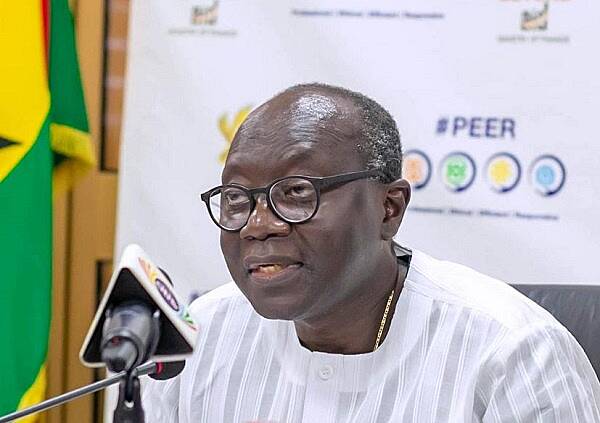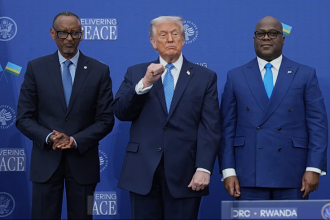Following months of extensive negotiations, the Ghanaian government has successfully reached an agreement with the official creditors committee to restructure $5.4 billion of bilateral loans. The formalization of terms is anticipated through a memorandum of understanding between the government and its official creditors, such as the Paris Club and China. Ghana’s Finance Minister, Ken-Ofori Atta, expressed on X that the deal signifies a substantial stride in reinstating the country’s long-term debt sustainability.
The negotiation process adhered to the G20 Common Framework for comprehensive debt treatment. Ofori-Atta highlighted that the agreement is expected to result in an immediate financing injection of $1.25 billion into the Ghanaian economy. This includes a second $600 million disbursement from the IMF as part of its $3 billion bailout program to Ghana, the World Bank’s development policy financing of $300 million, and the World Bank’s $250 million support for the Ghana Financial Stability Fund.
In reacting to the announcement, Kristina Georgieva, IMF’s Managing Director, noted,
“I want to thank the Official Creditor Committee, especially the co-chairs, China and France, for all their work to reach this agreement. This is another substantial milestone for the G20 Common Framework under which G20 creditors joined forces to agree on debt relief for Ghana.”
Key Considerations:
The International Monetary Fund (IMF) has instituted a $3 billion bailout program for Ghana, designed to enhance the country’s macroeconomic stability and contribute to sustainable debt management.
Under the program’s stipulations, Ghana is set to receive an annual disbursement of $600 million from 2023 to 2027.
As a prerequisite for the program, the Ghanaian government is obligated to reduce its public debt-to-GDP ratio to 55% by 2028. The pre-program projection indicated a debt-to-GDP ratio of 109% in 2023.
In alignment with these conditions, Ghana has executed a domestic debt restructuring and implemented fiscal adjustments, aiming to bring its debt down to 72% of GDP by 2028.
To further alleviate its financial obligations, Ghana is in the process of restructuring debts with bilateral lenders and commercial creditors.
Regarding the second disbursement from the IMF, a staff-level agreement was reached between Ghana and the IMF in October 2023 following the first program review. However, the release of the second $600 million is contingent upon approval from the executive board.
These developments mark significant steps in Ghana’s commitment to fiscal sustainability and prudent debt management, as outlined in its agreement with the IMF.
“clears the path for IMF Executive Board consideration of the first review of Ghana’s three-year Extended Credit Facility Arrangement in the next few days.”
In the final stages of negotiations with official creditors, primarily bilateral lenders, Ghana is now directing attention towards addressing its obligations to commercial creditors.
In a noteworthy development in December 2022, Ghana took the decision to suspend debt service payments on all Eurobond loans, commercial loans, and bilateral debts. The Ghanaian Finance Ministry, at that juncture, indicated:
“This suspension will include the payments on our Eurobonds; our commercial term loans; and on most of our bilateral debt.”
In October 2023, Ken-Ofori Atta put forward a proposal suggesting a potential 40% reduction of the principal amount for commercial creditors, encompassing the $13 billion global bondholders.
During this period, he observed,
“In our indicative scenario, the restructuring terms for bondholders involve a nominal haircut between 30% and 40%, looking at coupons of no more than 5% and final maturities of no more than maybe 20 years.”
The forthcoming agreement with official creditors is expected to facilitate negotiations with bondholders in the upcoming weeks.
Commenting on the impending deal with official creditors, Ofori-Atta remarked,
“Today’s agreement with official creditors will support ongoing engagements with Ghana’s commercial creditors, including bondholders,”















